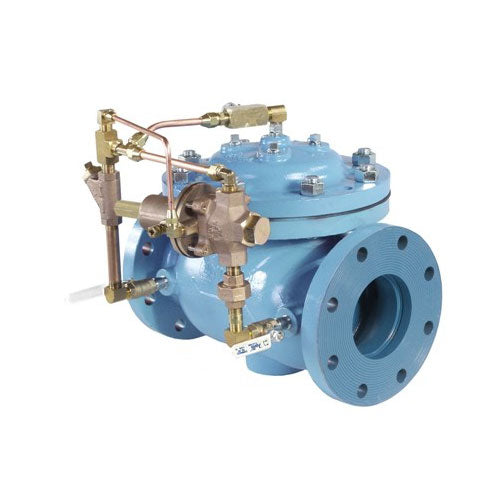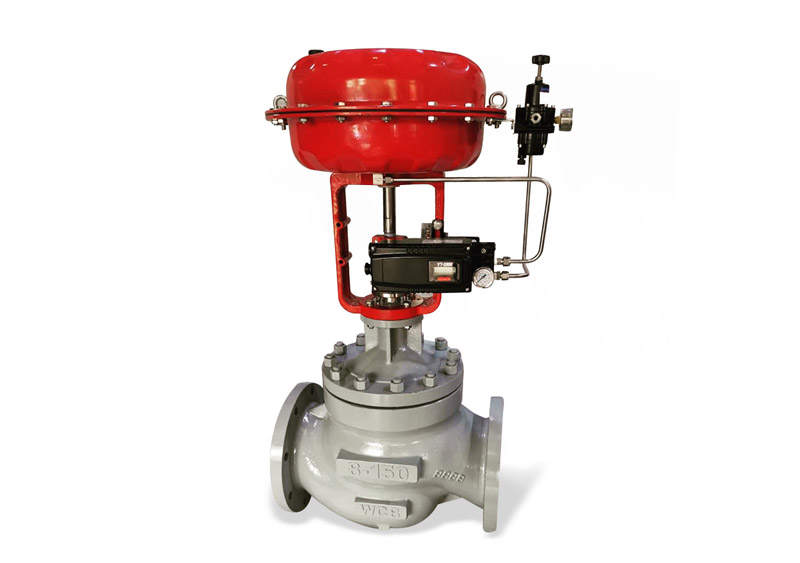The Function of Control Valves in Fluid Flow Administration Solution
The Function of Control Valves in Fluid Flow Administration Solution
Blog Article

Maximize Power Financial Savings and Convenience With Advanced Building Automation Controls
In the world of modern design and center monitoring, the combination of advanced building automation regulates stands as a pivotal innovation. By harnessing the power of automation, structures can adjust, respond, and develop in methods that were as soon as inconceivable.
Energy Effectiveness Benefits
Energy effectiveness benefits can substantially reduce energy consumption and operational prices in buildings. By implementing energy-efficient methods and technologies, structure owners and operators can achieve substantial cost savings while additionally adding to environmental sustainability. Among the primary advantages of enhancing power effectiveness in structures is the decrease of utility bills. Energy-efficient systems, such as sophisticated building automation controls, can optimize making use of sources like home heating, air conditioning, and lights, bring about reduced power costs in time.
In addition, improved power efficiency can extend the life expectancy of building tools and systems. By operating extra effectively, a/c systems, lighting fixtures, and various other structure components experience less damage, resulting in lowered maintenance and substitute costs. In addition, energy-efficient structures usually regulate greater property values and rental prices, giving long-lasting economic benefits to proprietors.
Furthermore, power efficiency can boost occupant convenience and performance. Appropriately controlled interior environments with ideal lights and thermal conditions create an even more helpful and pleasant work space, bring about boosted employee contentment and performance. In general, the power efficiency benefits related to innovative building automation controls are complex, encompassing cost savings, ecological stewardship, and owner wellness.
Boosted Convenience Control
Enhancing comfort control in building atmospheres requires an innovative assimilation of advanced automation systems for optimal resident health. By utilizing sophisticated structure automation controls, facilities can tailor the interior atmosphere to fulfill the specific needs and preferences of passengers. These systems allow specific law of air flow, temperature, and lights, producing a comfy and effective environment. Owner complete satisfaction and efficiency are very closely connected to thermal comfort, making it necessary to have systems in position that can adapt to altering conditions in real-time.
Improved comfort control surpasses basic temperature level modifications. It consists of attributes such as tailored settings, tenancy sensors, and natural light application to produce a dynamic and receptive atmosphere. By integrating these advanced controls, structures can not only improve convenience but additionally enhance power effectiveness by optimizing system operations based upon actual tenancy and usage patterns. Inevitably, prioritizing owner comfort via advanced automation systems leads to a much more enjoyable and much healthier interior environment.
Operational Effectiveness Improvements
Moreover, the application of real-time surveillance and analytics devices allows structure drivers to identify energy inadequacies and functional anomalies quickly. By continually keeping an eye on power use patterns and system efficiency metrics, adjustments can be made in real-time to enhance energy intake and ensure peak operational look at more info efficiency. control valves. Furthermore, integrating need feedback strategies into structure automation controls can even more improve operational effectiveness by dynamically readjusting power usage based upon grid problems and rates signals
Indoor Environment Optimization
Efficient indoor environment optimization is a basic facet of structure automation controls, guaranteeing residents' convenience and well-being while making best use of energy savings. By visit this website utilizing advanced sensing units and controls, constructing automation systems can continually readjust and keep an eye on temperature, humidity degrees, air top quality, and air flow to create an optimal interior setting. Preserving constant and comfortable problems not only enhances occupant complete satisfaction but also increases productivity and total health.
Indoor climate optimization likewise plays a critical function in energy efficiency. By fine-tuning heating, ventilation, and air conditioning systems based on real-time information and occupancy patterns, constructing automation controls can dramatically lower power consumption - control valves. Applying techniques such as demand-controlled air flow and thermal zoning can help minimize energy waste while guaranteeing that each area of the structure obtains the required conditioning.

Sustainable Setting Production
Building automation controls not just enhance interior environment problems for energy performance and occupant convenience yet likewise lay the structure for developing a lasting setting through calculated management of sources and systems. By integrating sophisticated structure automation technologies, such as sensors, actuators, and intelligent software, facilities can readjust and keep track of energy use in real-time to decrease waste and minimize their carbon impact. These systems make it possible for anticipating upkeep, determining possible concerns before they intensify and optimizing tools efficiency to boost durability and performance.
Additionally, sustainable atmosphere creation extends past energy management to incorporate water conservation, waste decrease, and indoor air top quality improvement. Structure automation controls can regulate water use, discover leakages, and make sure appropriate waste disposal practices, adding to total sustainability efforts. In addition, by keeping an eye on and regulating ventilation and filtering systems, these technologies improve owner health and wellness and performance while decreasing energy intake connected with cooling and heating procedures.
Final Thought
To conclude, advanced building automation manages deal find out significant benefits in regards to power savings, comfort control, operational effectiveness, interior environment optimization, and creating a lasting setting. By executing these controls, buildings can accomplish ideal efficiency while reducing power intake and improving occupant comfort. It appears that using innovative automation technology is crucial in improving structure performance and producing a much more sustainable future.
Energy performance benefits can substantially lower power usage and functional costs in buildings. In general, the energy efficiency benefits linked with innovative structure automation controls are complex, including expense savings, environmental stewardship, and occupant health.
Additionally, incorporating need action methods into structure automation controls can better improve operational performance by dynamically changing energy use based on grid problems and pricing signals.
Structure automation manages not just enhance interior environment conditions for power performance and passenger comfort however also lay the structure for producing a lasting atmosphere via calculated management of systems and resources.In verdict, advanced structure automation controls deal significant advantages in terms of energy cost savings, comfort control, operational performance, indoor environment optimization, and creating a lasting environment.
Report this page